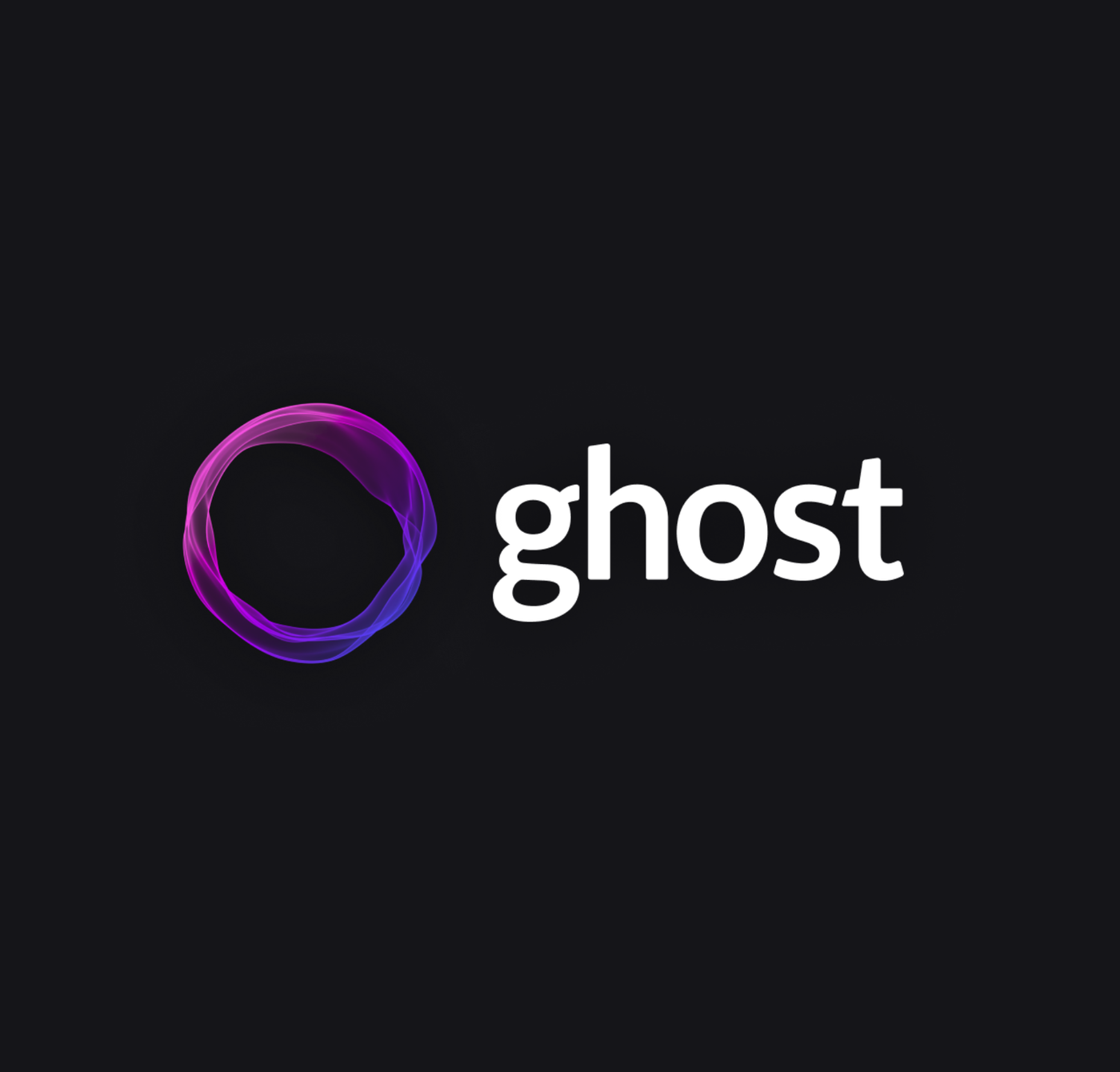

Launching my website was a mix of figuring things out and learning as I went. From deciding on the design to tackling technical challenges, the process pushed me to try new things and find creative (and sometimes janky) solutions along the way.
Launching My Website: Reflecting on the Process
Building and launching my website was a humbling experience. It was a mix of trial, error, and moments of clarity, as I rediscovered old skills and tackled new challenges. From selecting a theme to customizing it for my purposes, I learned a lot along the way, and I wanted to share some of that process.
Starting with the Basics
My vision for the site was simple: I wanted a minimal design and an intuitive CMS to help me manage content without unnecessary overhead. While WordPress was the obvious choice, I didn’t go with it. There wasn’t a technical reason—I just didn’t want to use it.
After researching alternatives, I found Ghost, a platform often described as a sleek, streamlined alternative to WordPress. It seemed like the perfect fit for what I wanted: a lightweight CMS that focused on content creation without bloating the backend. One feature that really stood out was Ghost’s Markdown editor for blog content. Writing and formatting posts became effortless, letting me focus on the content instead of fiddling with clunky interfaces.
Choosing and Customizing a Theme
The Minim theme caught my eye for its clean, uncluttered layout. It had the aesthetic I wanted for a portfolio and blog-style site, but I needed to make some modifications to fit my vision. That’s when I dove headfirst into Ghost’s theming options.
I used a mix of Ghost’s global and per-page code injection settings and modified Handlebars templates to make my changes. Most of my tweaks involved heavily relying on Flexbox to structure layouts and align elements. I used it everywhere. If you inspect the HTML code on my site, you’ll probably see a few questionable decisions—I’d call them “creative solutions.”
Setting Up Hosting
For hosting, I decided to go with DigitalOcean. They offer a preconfigured Ghost droplet, which made the setup process quick and relatively easy. However, looking back, I’d probably opt for a Docker droplet with Ghost and Nginx Proxy Manager for more flexibility and better control over the hosting environment. At the time, though, simplicity won out, and the prebuilt droplet worked fine for my needs.
Rediscovering Web Development
Back in high school, I thought I might pursue web development as a career before deciding on electrical engineering. While I had some basic knowledge of HTML, CSS, and JavaScript, it had been a while since I’d touched web technologies. Working on this site was a fun way to revisit those skills and realize how much I’d forgotten—and how much I still enjoyed tinkering with web design.
What I Learned and What I’d Do Differently
1. Hosting: I’d go for a Docker setup next time for more flexibility with updates, proxies, and other tools.
2. Code Structure: While I made the site work the way I wanted, I know the code could be cleaner. Some of my “solutions” feel like quick fixes rather than robust approaches.
3. Appreciation for Tools: Using Ghost reminded me how much I appreciate tools that strike a balance between simplicity and power. The Markdown editor and clean structure made it easier to focus on content rather than technical distractions.
Final Thoughts
This process was a great reminder of how much fun it can be to build something from the ground up. Even when things didn’t go as planned, or when I resorted to “creative” solutions, I learned a lot and enjoyed the challenge.
Building this site wasn’t just about launching a portfolio—it was about rediscovering an old interest, learning new tools, and creating something that feels like my own. And while it’s not perfect, it’s mine—and that’s what makes it worth the effort.